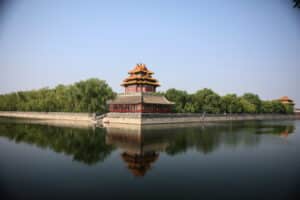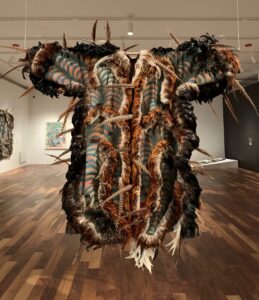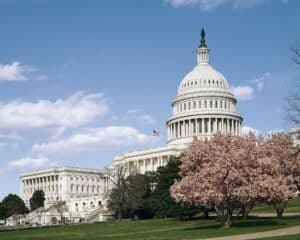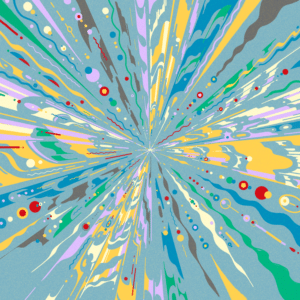In an interview with the New York Times, Native artist Wendy Red Star discusses her experience as guest editor of photography magazine Aperture. Red Star describes her goals for the current issue, titled “Native America,” which include giving exposure to lesser-known artists whose works give viewers “a deeper look into who they are or communities that they’re focused on” and presenting images that will inspire young artists of color and Native artists.
Wendy Red Star is a visual artist who grew up on the Apsáalooke (Crow) reservation in Montana and now lives in Portland, Ore. She recently was asked to guest edit the Fall issue of Aperture, a quarterly magazine, which focuses on Indigenous lives through photography.
“I’ve always been really enthralled with images,” she said. “I really like to align my practice with research and investigation as the primary source of inspiration. Everything that I put out there visually is the way that my voice speaks the loudest.”
We spoke with her about what it was like to curate, edit and feature a wide range of Native artists in the issue, titled “Native America” and launching Sept. 10.
Q. How did you get involved with this project? How much freedom did you have in curating these artists?
A. I’ve always known about Aperture. Since my background is in sculpture, I’ve never really thought of myself as a photographer.
I was very hesitant to be placed in this position. I don’t have any formal training in photography, so there was that aspect. But another thing is that being an artist who is Native I’m really particular in what I would like to see. So I was a little bit hesitant in wondering where Aperture was coming from. I immediately put that out there to them, like the artists that I’m going to select are going to be similar and that maybe photography isn’t their main language, maybe they work in other mediums, but photography does come up. The other thing, too, is I really liked specificity. I really wanted artists who were coming from their own environments and their perspectives and giving us access to a deeper look into who they are or communities that they’re focused on.
The direction was to really expose artists and ideas that haven’t really gotten as much attention. They’re the deep dive and underbelly of what’s happening in Indigenous America. Each of the artists that are in the magazine does a brilliant job with that.







